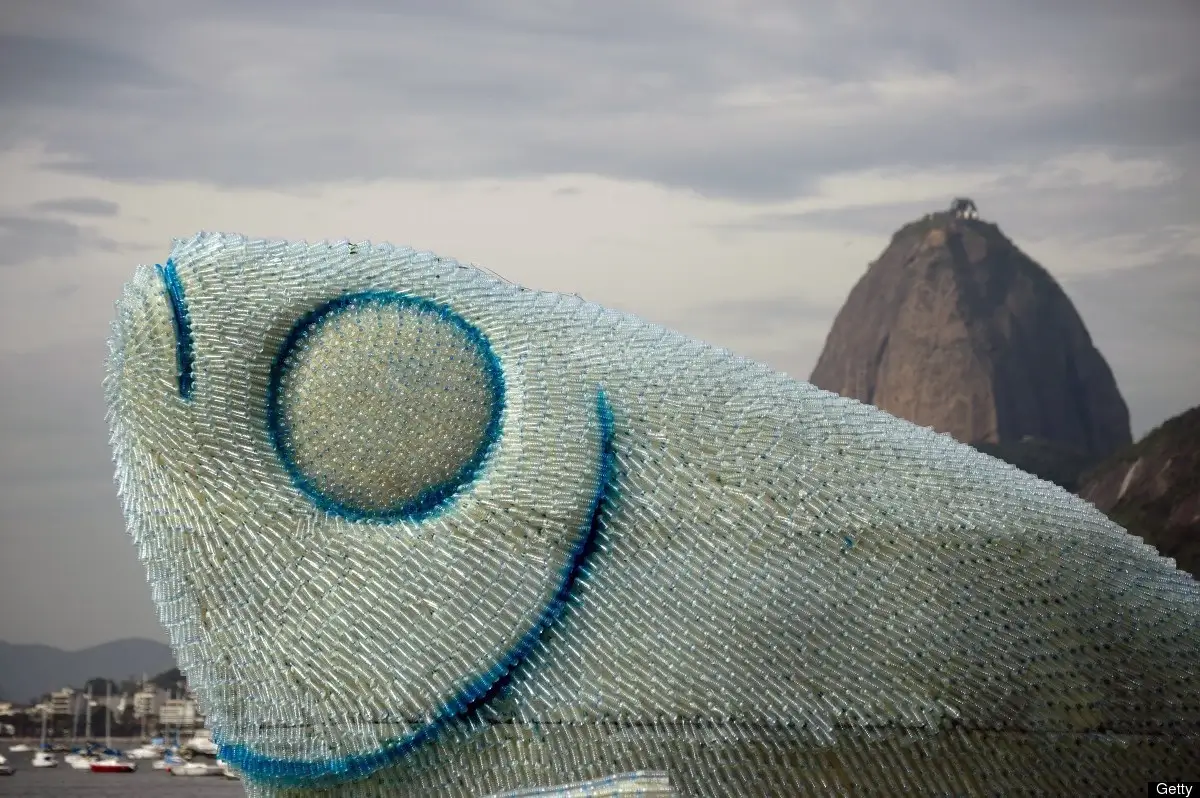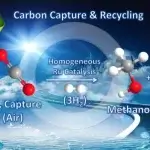The importance of Plastic Recycling Revolution with: The Compleximer

A new, sturdy and biodegradable plastic causes a revolution?
eyesonindonesia
Amsterdam, 26 April 2024– Plastic recycling is very important to keep the growing mountain of plastic waste in the world under control. Plastics such as foil and packaging make this possible, but not yet with strong plastics such as car tires, shoe soles or windmill blades. At

Wageningen University & Research (WUR) in The Netherlands, researchers have invented a new type of plastic that is both strong and easily recyclable: compleximers. It is a variant of the molecules that make up plastics: polymers. “We came up with the name complexification ourselves. It is a combination of polymer and complex,” says Sophie van Lange (26), PhD student at the Physical Chemistry and Soft Matter group at WUR. The concept of compleximation was coined in that group. In a Team and with colleagues she is the first to apply the principle in practice. Her research was recently made public in the scientific journal Science Advances, so that everyone can take note of it or get started with it.
Apply on a large scale
Take the invention to the market yourself, for example in the form of a start-up, is not yet a goal. In its ideal image, this new type of plastic could eventually replace all hard, non-recyclable plastics. So not the plastics that are already recyclable. “The concept just works and I am very enthusiastic about it. If we make some more steps and improve the properties of the material, I hope we will see it applied on a larger scale. That is the dream,” says Van Lange. More plastic, little recycling According to the OECD, global plastic use will increase from 460 million tons in 2019 to 1,231 million tons in 2060. Of this, 140 million tons now end up in the environment and 493 million tons will soon end up. In the Netherlands, about half of all plastic bottles and packaging are recycled.

Globally, 14 percent is separated and 5 percent recycled. Van Lange: “We use a lot of plastic. Eliminating or replacing plastic is not that easy. When I talk about plastic, I often get the reaction that it is super bad, but a lot of innovation is being done. That is why I wanted to contribute to solving the problem with my PhD project.”Film is easy to recycle.To understand what she is talking about, we have to go back to the physics and chemistry class. Plastics consist of so-called polymers. These are large molecules that consist of long chains of repeating pieces: monomers.
That makes the material so strong and useful for many applications. Plastic in foil or bags can melt, deform or dissolve when you heat it. This plastic is therefore easy to recycle. Shoe soles are not recyclable.
There is also another class of polymers in which additional chemical cross-links have been added for strength. These cross-links make the molecules difficult to separate.

As a result, these plastics are hardly or not at all recyclable. This mainly concerns strong plastics, which are usually intended for heavier applications. For example, in the blades of wind turbines or rubbers in car tires and shoe soles.
“These materials are very strong and are resistant to solvents, to give an idea. They do not dissolve, flow or deform when you heat them. The disadvantage is that these materials are not recyclable,” says Van Lange. Just like table salt, the WUR research group looked for a new type of plastic that was somewhere between these two types.
A plastic that has both the strength of a chemical cross-linked material, but is still recyclable by heating. For this purpose, the group applied a different scientific principle. Not that of chemical compounds, but of the physical attraction between positive and negative charges.
That can be compared to two magnets that click together. This way you can also attach materials to each other. This already happens, for example, with table salt – sodium chloride – where the positive charge of sodium and the negative charge of chloride hold the salt grains together.
Making it water-repellent But those compounds are very sensitive to water. Table salt dissolves immediately in water.
Plastic that immediately softens or dissolves when it comes into contact with water is of little use.
So van Lange had to solve that problem.And she did.
“We used a trick to ensure that these opposite charges remain intact when they come into contact with water. That is a big part of what we have done here,” says van Lange.
“The charges in the compleximers are now shielded with water-repellent pieces of molecule, a kind of molecular umbrellas or shields.

This ensures that the material is water-repellent.
”Rubber-like materialIn this way, two types of polymers are produced: one that is positively charged and one with a negative charge. If you mix them the compleximer is created. That’s a kind of fine powder. This can be compressed into solid material. Van Lange has now turned it into small plastic rods. This material could therefore be used in the future for applications of hard plastics.
“That would be very nice, but we still have to make a lot of adjustments to the material,” she says. “In its current state, we do not have an immediate application yet. For example, if we want to make a car tire from it, it must be a sturdy and flexible rubber-like material. It is not yet. We mainly show the concept. We are working to see how we can make the material more elastic, so that it can serve as rubber, for example.”
Easy to recycle
Compleximers are very easy to recycle. The plastic rods are ground again to the original powder and then reheated in a mold. This way you can make new shapes from it. “The material does not lose any mechanical properties if you reuse it,” says Van Lange. “So in principle you could reuse it infinitely, although infinite is a big word. This makes it easily recyclable.”
Anyone can make it
The scientific article on Science Advances explains exactly how compleximers can be made. This can be found publicly on the internet and the technology is not patented. In principle, anyone can make this new plastic, from large chemical companies to other universities. Van Lange: “Everyone can read it and then have all the recipes to copy it. I think that’s the great thing about science. Doing something together, plus the availability of the research, and others getting inspiration from this story and mmakes us hopeful to make progress with more people.”
She is already working with other Dutch universities that are interested in this concept and can help further the research. “This is how you accelerate such an innovation. Working together is very much fun,” she says.







